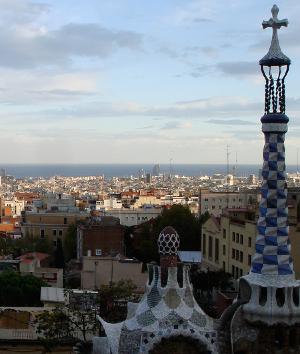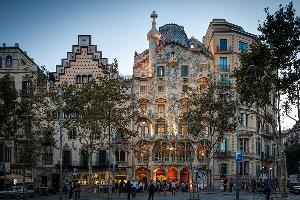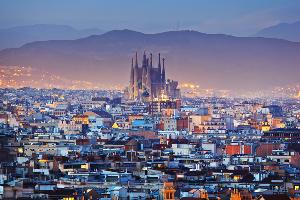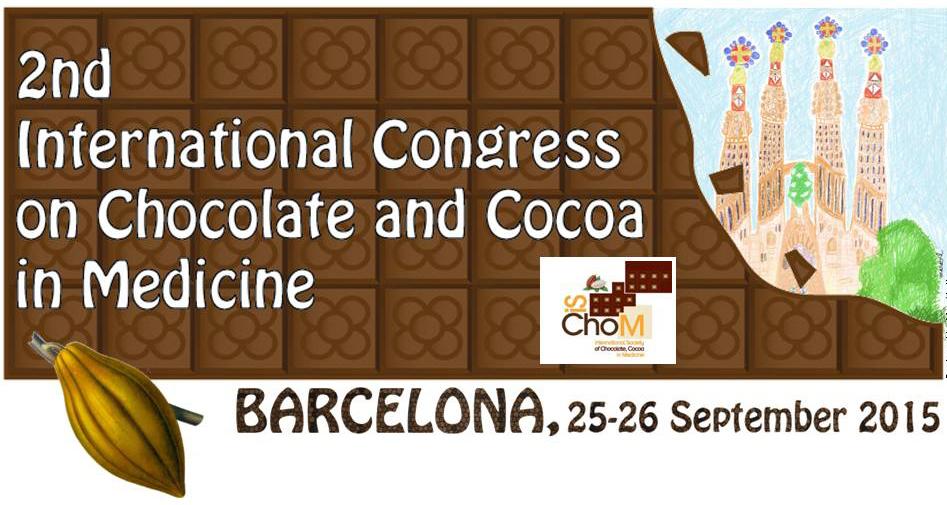In a privileged position on the northeastern coast of the Iberian Peninsula and the shores of the Mediterranean, Barcelona is the second largest city in Spain in both size and population. It is also the capital of Catalonia, one of the 17 Autonomous Communities that make up Spain.
There are two official languages spoken in Barcelona: Catalan, generally spoken in all of Catalonia, and Castillian Spanish. The city of Barcelona has a population of 1.510.000, but this number spirals to more than 4.000.000 if the outlying areas are also included.
The capital of Catalonia is unequivocally a Mediterranean city, not only because of its geographic location but also and above all because of its history, tradition and cultural influences. The documented history of the city dates back to the founding of a Roman colony on its soil in the second century B.C. Modern Barcelona experienced spectacular growth and economic revival at the onset of industrialization during the second half of the 19th century. The 1888 World’s Fair became a symbol of the capacity for hard work and the international outlook projected by the city. Culture and the arts flourished in Barcelona and in all of Catalonia; the splendor achieved by Catalonian modernism is one of the most patent displays.
Barcelona, more than just a single city, is really a collection of multi-faceted and diverse cities. The visitor unfamiliar with its history might be surprised that such a modern and enterprising city preserves its historic Gothic center almost intact, or by the curious contrast between the maze of narrow streets and the grid-like layout of the Example, the urban planning “Enlargement” project of the end of the 19th century.
Fabulous architecture, brilliant Spanish cuisine, flamboyant culture and wonderful weather combine to make Barcelona a truly magnificent city.










